What is this colourful mushroom seen on the Curragh recently? – Kevin Lalor
Probably Hygrocybe punicea, the crimson waxcap, one of the beautifully coloured waxcap fungi that typically occur in low-input-nutrient grasslands such as the Curragh.
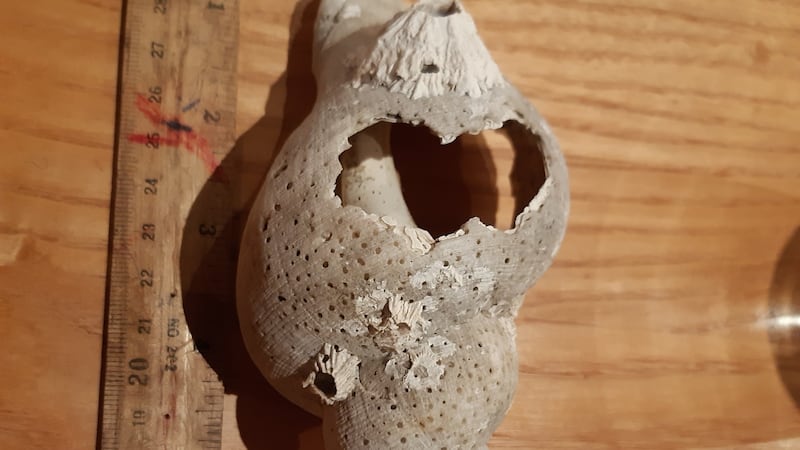
This lovely shell was found on Baltray beach recently. How old do you think it might be? – Bernie O'Callaghan
It is a dog whelk and it has certainly been around for a while as there has been enough time for barnacles to grow on it. While such shells can be found in Mesolithic middens formed thousands of years ago, this one is being broken up by the sea and is probably only a few years old.
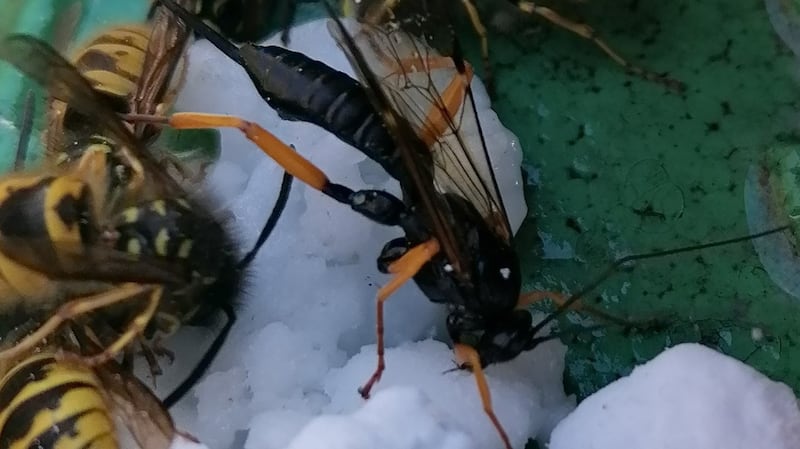
I keep bees and in order to prevent wasps entering my beehives I feed them on icing sugar. What is this parasitic wasp with orange legs that has joined them? – Paul Dunne
It is an ichneumon, a parasitic wasp that lays its eggs on the living caterpillars of the cabbage white butterfly and some moth species. These hatch inside and devour the still living, but paralysed, caterpillar.
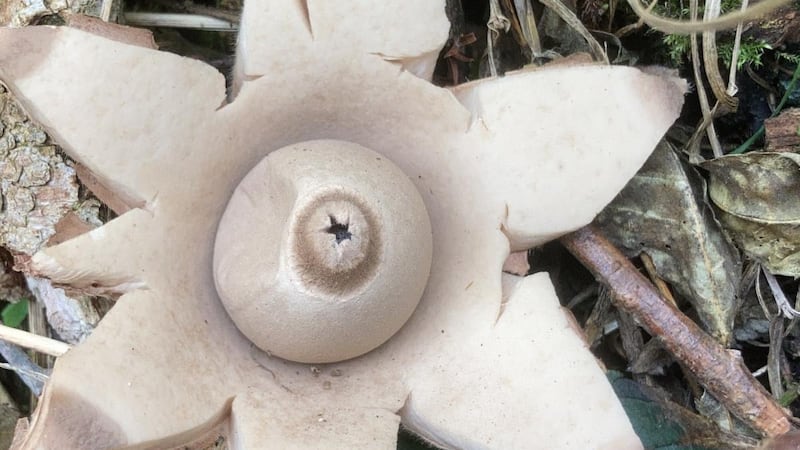
I am 7 years old. I love fungi. Here is a collared earthstar, my favourite fungus. I found it in the woods near my house. – Róisín O'Sullivan
Thank you for the lovely photograph Róisín. Geastrum triplex – the collared earthstar – is a strange-looking, uncommon woodland fungus.
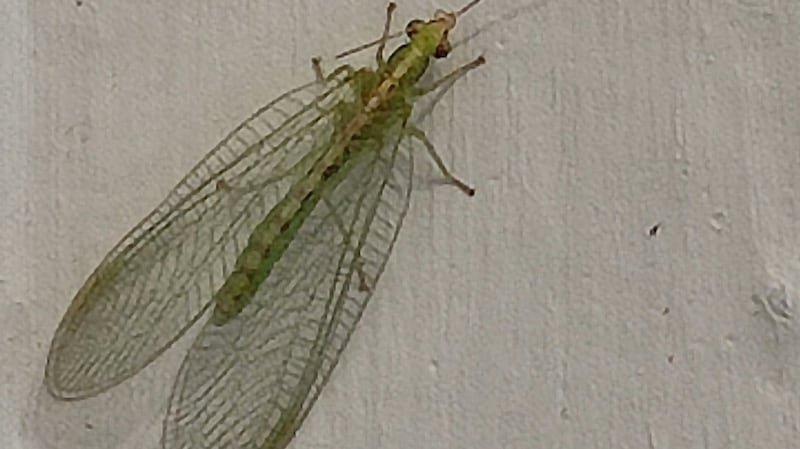
Do you know what this little chap/ess is? It was sitting on the bathroom wall. – Declan O'Connell, Crookstown Co, Cork
It is a lacewing, which hibernates as an adult. Both sexes look the same.
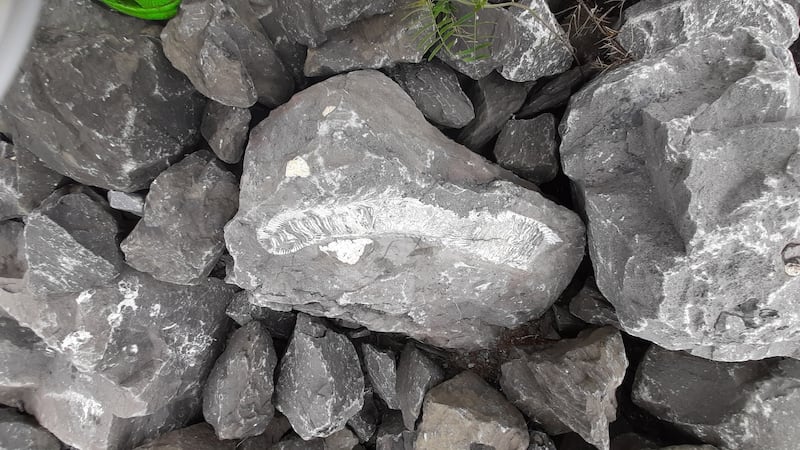
We found this fossil in a stone at the lake shore. Does it have legs? – Callum Watts (11)
It is the fossilised stem of a coral, an animal that originally grew in colonies in a tropical sea during the Carboniferous period, 350 million years ago. They still exist. Corals don't have legs.
Have you a nature query, observation or photo you would like to share with The Irish Times? Please submit it, with location of the image, via our website irishtimes.com/eyeonnature












